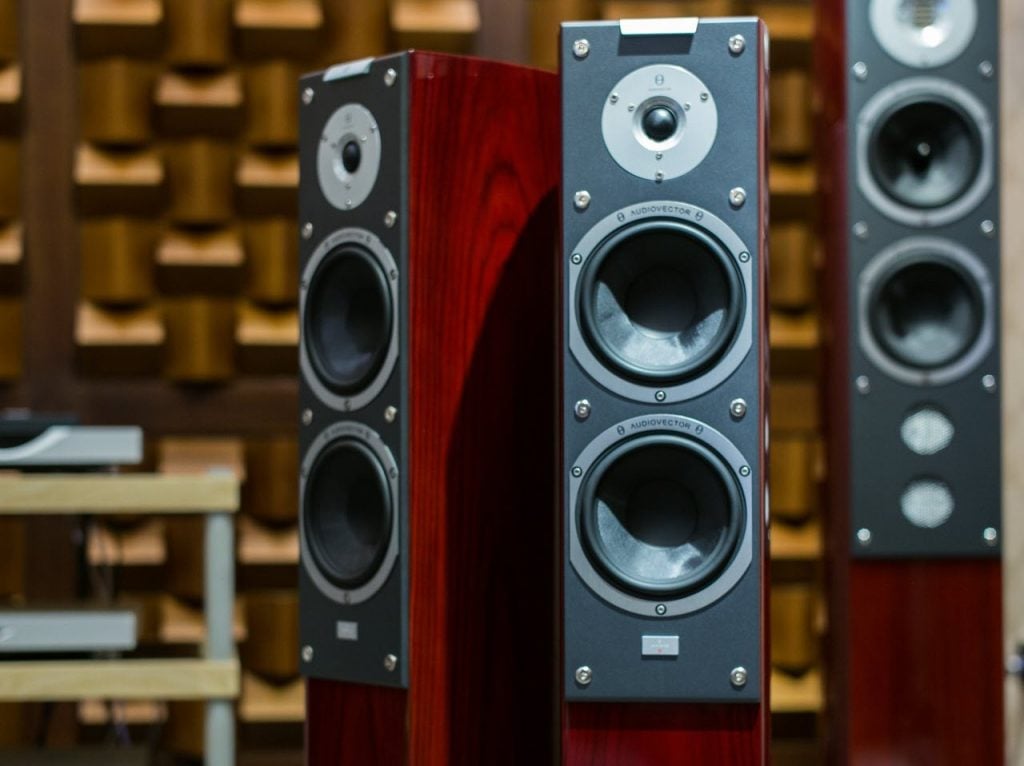Home Theatre systems are amazing. They let you experience your favourite content exactly how the director of a show or movie wants you to in terms of the audio, and even if you’re listening to music, it’s a whole another experience.
However, ensuring you have the complete soundstage is essential to getting the most out of your home theatre or sound system. So if you’ve got your subwoofers and speakers in place, it’s time to start talking about centre channel speakers.
Also read: How to make a triple monitor setup?
What is a Centre Channel Speaker?
A centre channel speaker is essentially what it sounds like, a centre channel speaker whose only job is to focus on delivering the audio action happening front and centre.
Stereo audio is designed to divide the audio coming out of a source into the left and right channels, which then go to the left and right speakers, respectively. Now, sure some sounds are designed to only come out of one speaker (either the left or the right), but what about the audio action in the centre?
In the absence of a centre channel speaker, this audio would be coming from both the left and right channels on equal volume so that it sounds like it’s coming from the centre. But when you add a centre channel, the main audio now has a dedicated speaker, and the experience becomes much better.

Consider a movie scene where a lot of things are happening. The dialogue, arguably the most crucial aspect of a movie scene, always happens front and centre. By not splitting this audio into two channels, that is, your left and right speakers and focussing them on the centre channel speaker instead, you’re getting the best possible results.
A centre channel speaker also lets you adjust its volume without affecting the other channels. This means that if the dialogue in a movie or clip is too high or too low, you can crank the volume up or down without affecting the overall volume of your speaker system.
It also adds more flexibility to the overall sound stage of your system. When listening to a surround sound system, a sweet spot is desirable. With a centre channel speaker, you can move your listening position, but you’ll still hear the dialogue coming from the centre (although with a little bit of an offset depending upon your position).
Lastly, the centre channel speaker doesn’t have to be a dedicated high-end piece of equipment. You can throw the extra speaker you have lying around in there and call it the centre channel for all you care. Just don’t use a subwoofer. Instead, get a speaker that complements the rest of your setup, and you’re good to go.
Also read: What is a Subwoofer? How is it different from woofers and speakers?
How to addd a Center Channel speaker to an existing system?
The process is more straightforward than it sounds. Yes, you technically add more mess to your system by having to run an extra wire and have to deal with the hassle of finding space for yet another speaker. For this very reason, most centre channel speakers are horizontal in shape. This lets them fit in the (usually) tight spaces under TVs or displays.
As for where you should place the centre channel, the answer’s pretty obvious, in the centre of your system. It’s also recommended that you keep the centre channel’s sound a few decibels up from the rest of the setup, but it depends on personal preference.
Just go with a speaker that complements the rest of your setup, ideally the same brand and similar mid to high-end frequency response as your main left and right speakers.
Aso read: 2-way vs 3-way speakers: Key differences
Do you need a Center Channel speaker?
That depends on what you’re expecting out of your sound system. Vocals and dialogues suffer in a stereo system because the audio that needs to come out of the centre gets divided into two separate channels.

A centre channel fixes that problem. It might not sound like much, but it makes a significant impact on your overall listening experience. Our recommendation would be to go for one if you can.
If you can’t, don’t sweat. You can still set up your home theatre or sound system without a centre channel. Yes, your vocals won’t be as clear, and there will be times where you wish you could hear the dialogue being spoken, but the system will still work just fine.
Also read: iPhone volume buttons not working: 6 Fixes






